How to Get Rid of Wild Turnip in Your Lawn
Wild Turnip (Raphanus raphanistrum) may also be known as Wild Radish, and is closely related to cultivated radishes and cabbages. However, unlike the vegetables it goes to ...

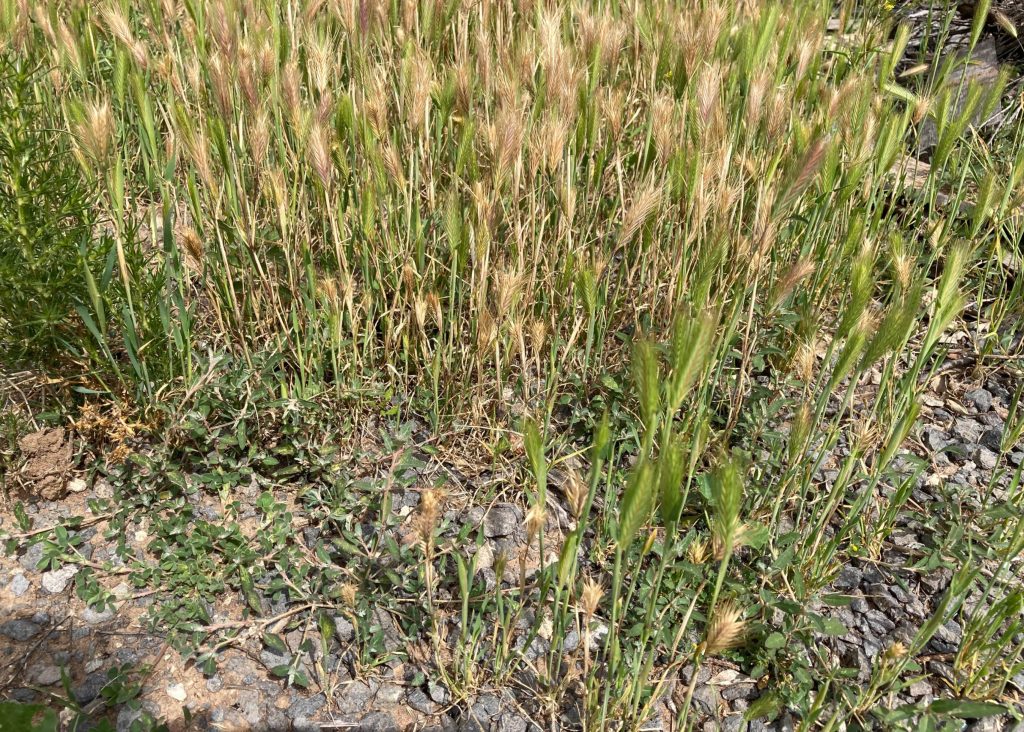 Annual weeds are relatively short-lived plants that grow from seeds produced in the previous year.
Annual weeds are relatively short-lived plants that grow from seeds produced in the previous year.
Their life cycle is usually restricted to one season during which they grow, flower and produce thousands of seeds for the next generation before dying off.
Many weeds that grow from seed can be both Annuals and Perennials, depending on their age, maturity and root development.
Effective weed control depends on being able to identify three things: whether a weed is a Grass, Broadleaf or Sedge type, an Annual or a Perennial, and whether it actively grows in warmer or cooler seasons.
The combination of those three factors will determine the best timing, method and products to use.
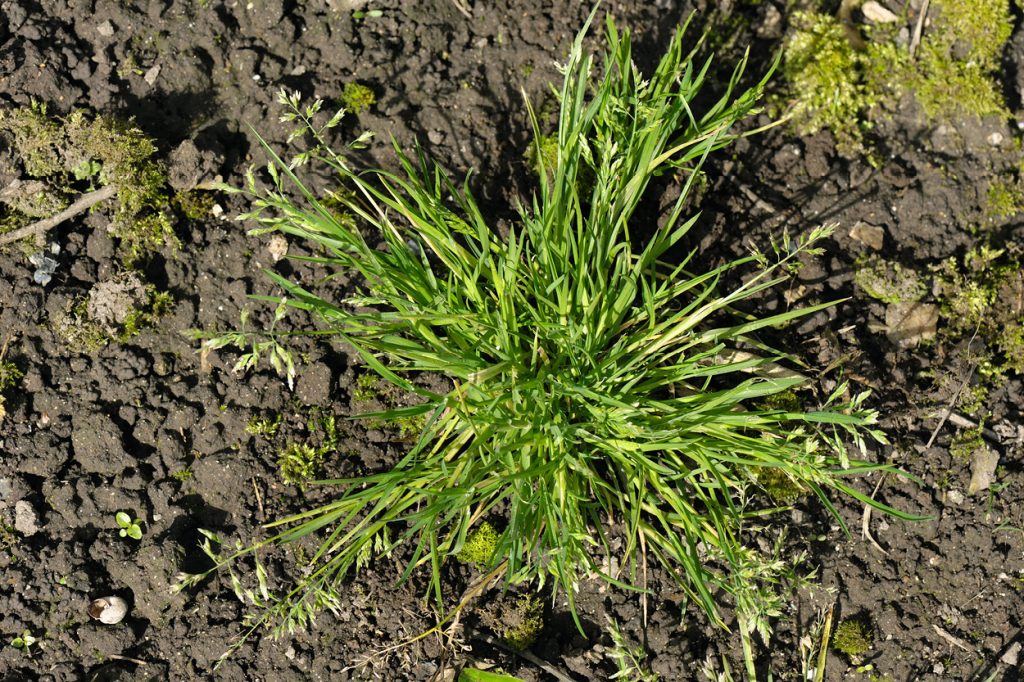 A weed is loosely defined as any plant growing in the wrong place, which largely depends on your location and personal preferences. The exception is a range of highly invasive or noxious weeds that are banned in various states.
A weed is loosely defined as any plant growing in the wrong place, which largely depends on your location and personal preferences. The exception is a range of highly invasive or noxious weeds that are banned in various states.
Annual weeds are generally easier to eradicate than perennial weeds, which often develop strong, thick tap roots and woody stems as they mature.
Here’s a list of common Annual Grassy Weeds to look out for:
Common Broadleaf Weeds to look out for include:
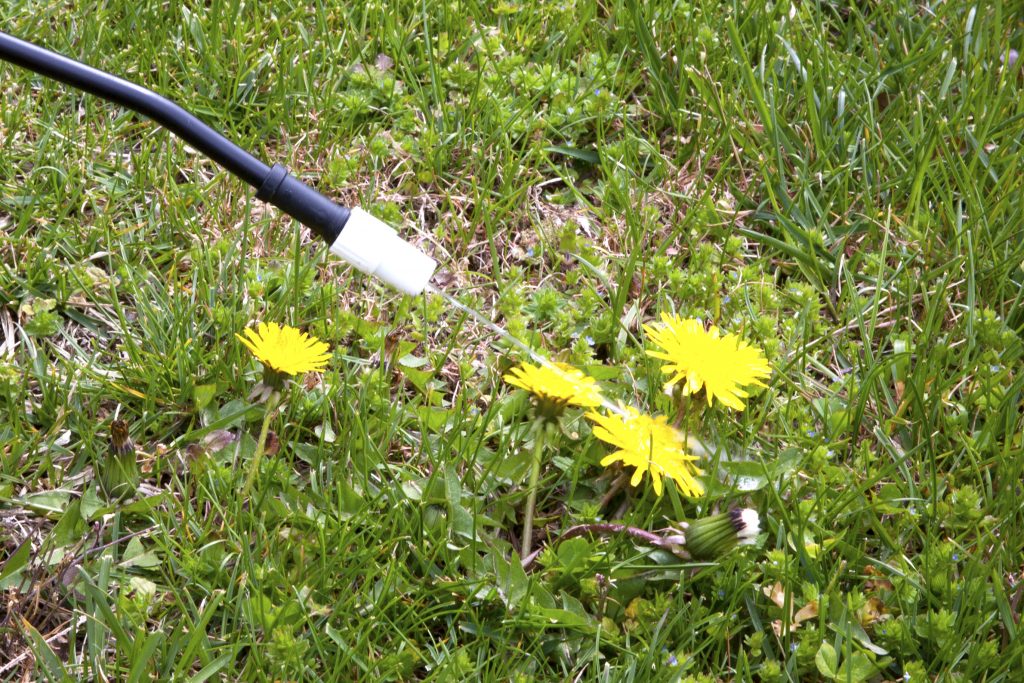 Staying a step ahead of weeds by controlling them when plants are small is essential for ensuring the good health of your lawn.
Staying a step ahead of weeds by controlling them when plants are small is essential for ensuring the good health of your lawn.
It’s possible to safely manage Annual Weeds using chemical or natural methods, or a combination of the two.
The primary objective is to stop these plants setting seed for the next year or prevent last year’s seeds from growing into new plants.
In areas with a known Annual Weed problem, pre-emergent herbicides containing the active ingredients Prodiamine or Oxadiazon can be useful for stopping newly germinated seeds in their tracks.
You can read our guide to Using pre-emergent herbicides here.
Broadleaf Weeds are usually easier to identify than grass weeds and there’s a wider range of options, including selective and broad spectrum herbicides.
Always check the product label to make sure it is effective on the weed you’re trying to control and safe for use on the type of grass in your lawn. Buffalo lawns are especially sensitive to some herbicides.
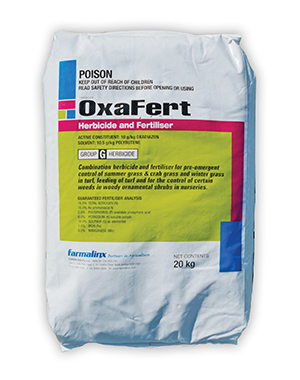
OxaFert 16-2-6 20kg is a combined Fertiliser and pre-emergent Herbicide product for the control of Summer Grass, Crowsfoot Grass, Winter Grass and Creeping Oxalis and application of an NPK Fertiliser. It is suitable for use on Zoysia, Kikuyu, Couch and Buffalo lawns.
SHOP NOW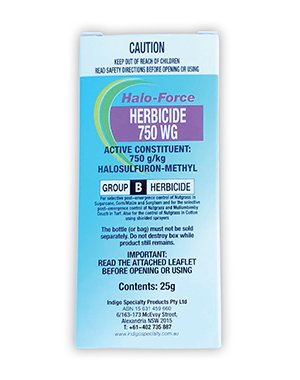
Indigo Halo-Force 750WG 25gm is a dry flowable granule Herbicide that disperses in water and can be used for selective post-emergent control of Mullumbimby Couch in your lawn. Suitable for Kikuyu, Couch and Buffalo grasses.
SHOP NOW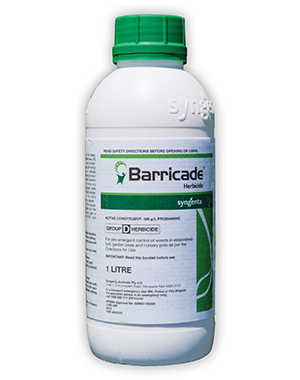
Barricade 1L is a pre-emergent liquid herbicide that controls a wide range of weeds and is suitable for use on Zoysia, Kikuyu, Buffalo and Couch grasses.
For more information on leading herbicide treatments for your home lawn, visit myhomeTURF’s online store.
SHOP NOWThe best time to apply post-emergent herbicides is when weeds are small and actively growing so they readily absorb the active ingredient/s through their leaves.
In the case of Summer Broadleaf Weeds, this will be spring, or autumn for winter Broadleaf Weeds.
Pre-emergent herbicides should be applied before weed seeds germinate, which is usually in early spring.
Some herbicides will need to be watered in, while others have a period
There’s more information about correctly applying herbicides here.
The speed at which grass weeds die after herbicide application can depend on several factors, including the type of herbicide used, weed maturity, the size of the infestation, and the health of your lawn.
If applied correctly, you will start to see the effects of some weed killers within 48 hours of spraying, while others might take 2-3 weeks.
The weeds may take longer to die off completely and may require repeat applications 6-8 weeks later for large, persistent weed infestations.
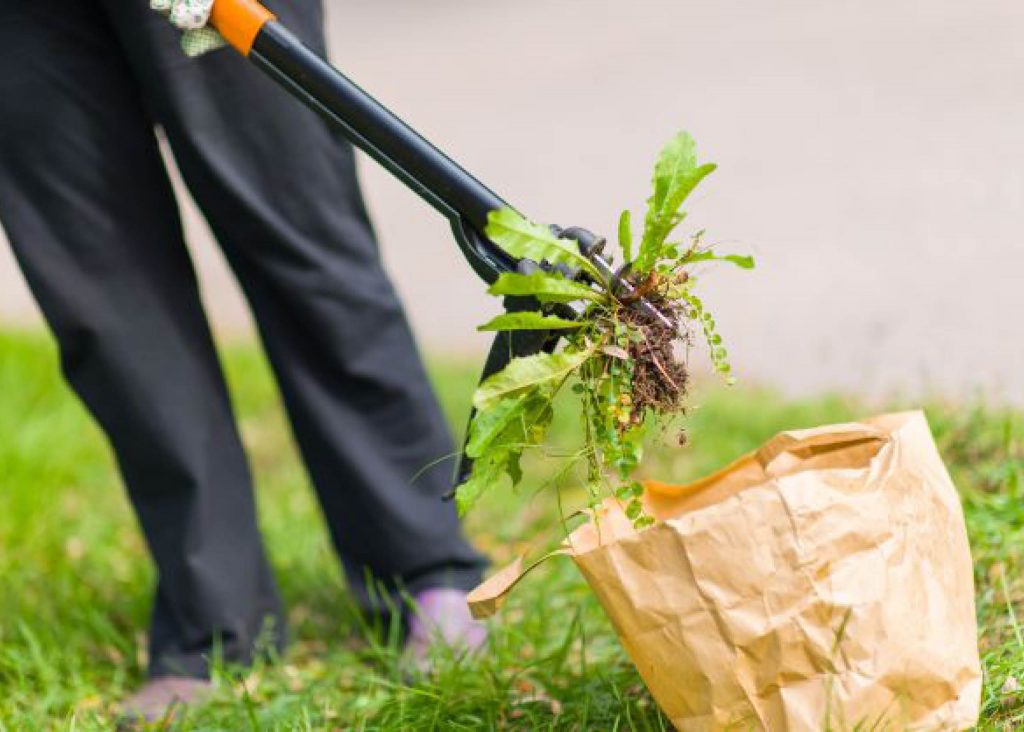 There will be times when manual removal of weeds is the best, cheapest or safest method of control.
There will be times when manual removal of weeds is the best, cheapest or safest method of control.
Annual Weeds often have shallow roots and can easily be pulled out by hand or chipped out with a hoe.
When weeds are small or there’s only a few of them, it makes more sense to pull them up by hand than going to the trouble of mixing and spraying a batch of herbicide then properly disposing of the leftover mixture.
Other scenarios when manual removal works best includes new lawns, which are more vulnerable to chemical damage than established lawns, and when weeds are growing in Soft Leaf Buffalo lawns which are more sensitive to herbicides than most other grasses.
You can read our complete guide to pulling weeds from your lawn here.